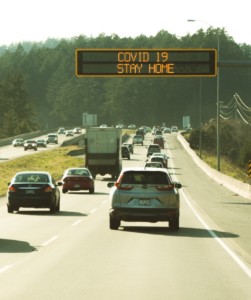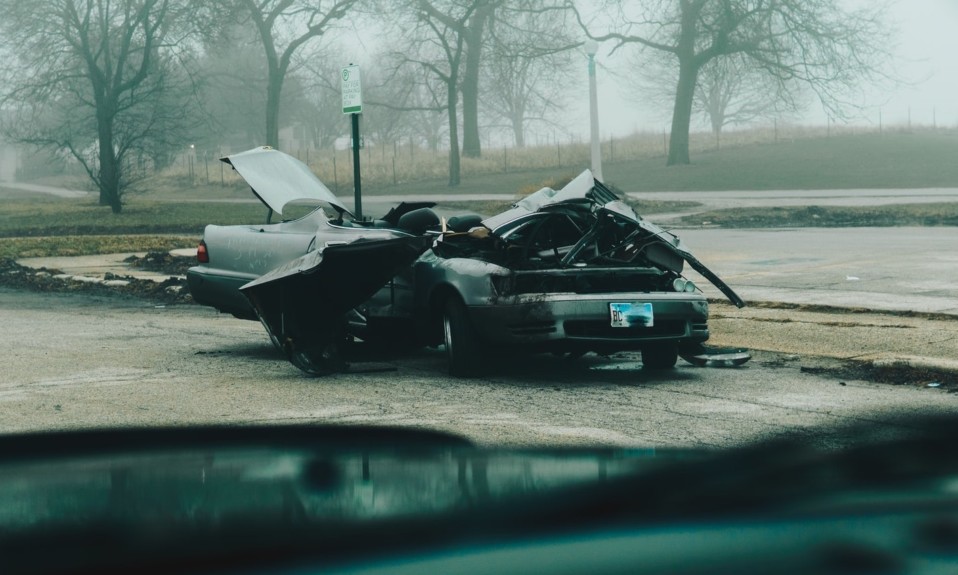A significant increase in cannabis and opioid use among drivers in major accidents has raised a red flag
By Jason Langendorf
More than 10,000 people in the United States die every year as a result of drunk-driving accidents, amounting to about one-third of all traffic deaths across the country. Yet a preliminary study suggests that not only has the problem grown worse during the COVID-19 pandemic, but other substances may have impaired drivers as much as—or even more than—alcohol.
Researchers from the National Highway Traffic Safety Administration (NHTSA) analyzed data from trauma centers and medical examiner offices that serve five metropolitan areas to examine trends in serious and fatal traffic accidents during the COVID public health emergency. The NHTSA found that 64.7% of drivers involved in these accidents tested positive for at least one active drug, compared with 50.8% pre-pandemic.
The observed cannabis and opioid prevalence rates before and during the public health emergency could be indicative of a growing or new problem.”
—NHTSA study
Additionally, the rate at which drivers tested positive for at least two drug categories simultaneously increased (to 25.3% from 17.6%). The study revealed two more key findings: THC, the main active ingredient in cannabis, was prevalent among drivers more often than alcohol (32.7% vs. 28.3%, a change from previous years), and positive opioid tests among drivers nearly doubled, from 7.5% to 13.9%.
Correlation, of course, does not equal causation. But in a release announcing the organization’s findings, NHTSA deputy administrator James Owens noted that the trends are troubling, especially after a decrease in traffic deaths from 2018 to 2019.
“Road safety is always our top priority,” Owens said, “and while we are encouraged by today’s reports showing a continued decline in total fatalities in 2019 and into the first half of 2020, we are concerned by the trend since April showing an increased fatality rate.” Indeed, while April to June 2020—the height of pandemic lockdowns—saw a drop in both the number of miles traveled and overall traffic deaths, the rate of fatal crashes per mile traveled was up a shocking 31%.
A Closer Look at the Traffic Deaths

In the discussion section of the study (which collected data in Charlotte; Jacksonville and Miami; Baltimore; and Worcester, Mass.), the NHTSA notes that the rising rates of traffic deaths it observed “could be a function of a variety of factors,” including:
- Normal seasonal differences in drugged driving
- Differential driving patterns for drug users and non-drug users during the public health emergency
- An increase in drug use, and subsequently drugged driving, during the pandemic due to factors such as stress
Given the record number of overdose deaths in 2020 (more than 93,000) and other figures associated with substance use and addiction that have yet to taper from their spikes during the pandemic, concern over that third potential factor seems warranted.
“Additionally,” the NHTSA study authors write, “the observed cannabis and opioid prevalence rates before and during the public health emergency could be indicative of a growing or new problem.”
Field sobriety testing for cannabis and other drugs is more problematic and far less reliable than breathalyzer alcohol tests. In fact, experts have yet to establish a strong demonstrable correlation between a user’s THC levels and degree of impairment. This does not mean driving while under the influence of cannabis is safe—only that more research is necessary to develop scientifically based marijuana intoxication limits and sobriety testing.
Top photo: K.J. Styles; bottom photo: Cole Freeman














